Do you know the cheapest way?
The climate clock is ticking. Legislation is being tightened. The first pilots for fossil-free neighborhoods are already a fact. The hope is that we can get rid of fossil fuels without suffering financial losses. Even better: that it is a cost-effective intervention for buildings and residential areas.
Cost effective: rewarding, lucrative, profitable, fruitful, beneficial.
Cost-effective to fossil-free: when measures yield more than they cost.
Is it really possible becoming fossil-free cost-effectively?
Yes, that’s possible.
Is it easy to get rid of fossil fuels cost-effectively?
No, that is unfortunately not a piece of cake…
… but at the same time not super complex.

Piece of cake


Very complicated
1. Look at the properties of buildings and their environment
To become fossil free, a combination of construction measures and a fossil free installation is required. A house from the 30s has different characteristics than a house from the 80s and a terraced house has a different structure than a detached house. Building measures for a fossil free home are therefore totally different per home and even per type of household.
The residential area itself also has an impact on what is profitable, for example, certain infrastructure may or may not be present (fuel pipeline, heat network, electricity network capacity) and there may be (municipal) restrictions that exclude certain fossil free installations.
2. Choose the right combination of measures
Every contractor, installer or energy provider has an interest in selling their own solutions. And they benefit from far-reaching measures. They are sustainable for their own profit, it’s that simple. For end users there is a risk here, investing does not necessarily mean a profitable solution.
Because every building is different and is used by other people, there is no standard solution for a transition to fossil free. The optimal measures are determined by a variety of aspects such as the state of maintenance, the expected lifespan, environmental factors, the characteristics and the behavior of the residents.


3. Use a precise calculation method
This may not be the first thing you think of, but a calculation model shows out whether an investment is actually profitable. Are you able to combine all relevant characteristics with each other? Can you make calculations over a longer period? Does your model take market forces and emerging technologies into account?
Our motto: choose the most reliable model. Every calculation that you do will deviate from practice, but with a good model you have not made the wrong assumptions or calculations. And you have tested the results on several conceivable future scenarios.
Fossil-free is not black and white
Switching to fossil free unfortunately costs you a lot of thinking. It is not a matter of choosing measure A or measure B, you will have to make a solid calculation for every building and neighborhood in order to achieve a profitable transition.
With their models TheEarlybirds help you to develop a data driven strategy for your fossil free neighborhood, housing stock or utility building.

New to our website?
Is this your first time around? It probably is, we have just renewed our digital nest. Take a look around and feel free to contact us if you have any remarks about our information or questions about what we do.

